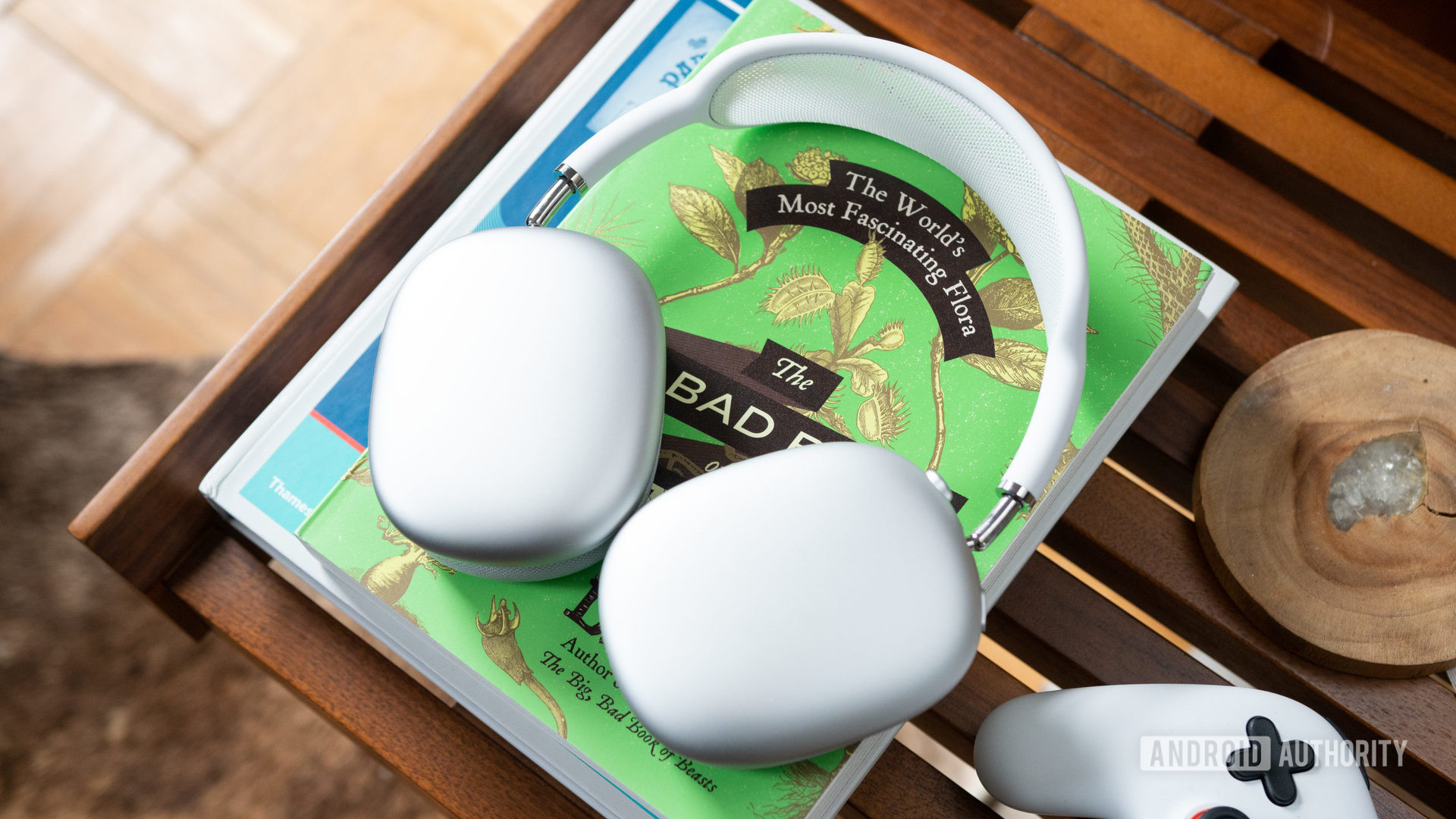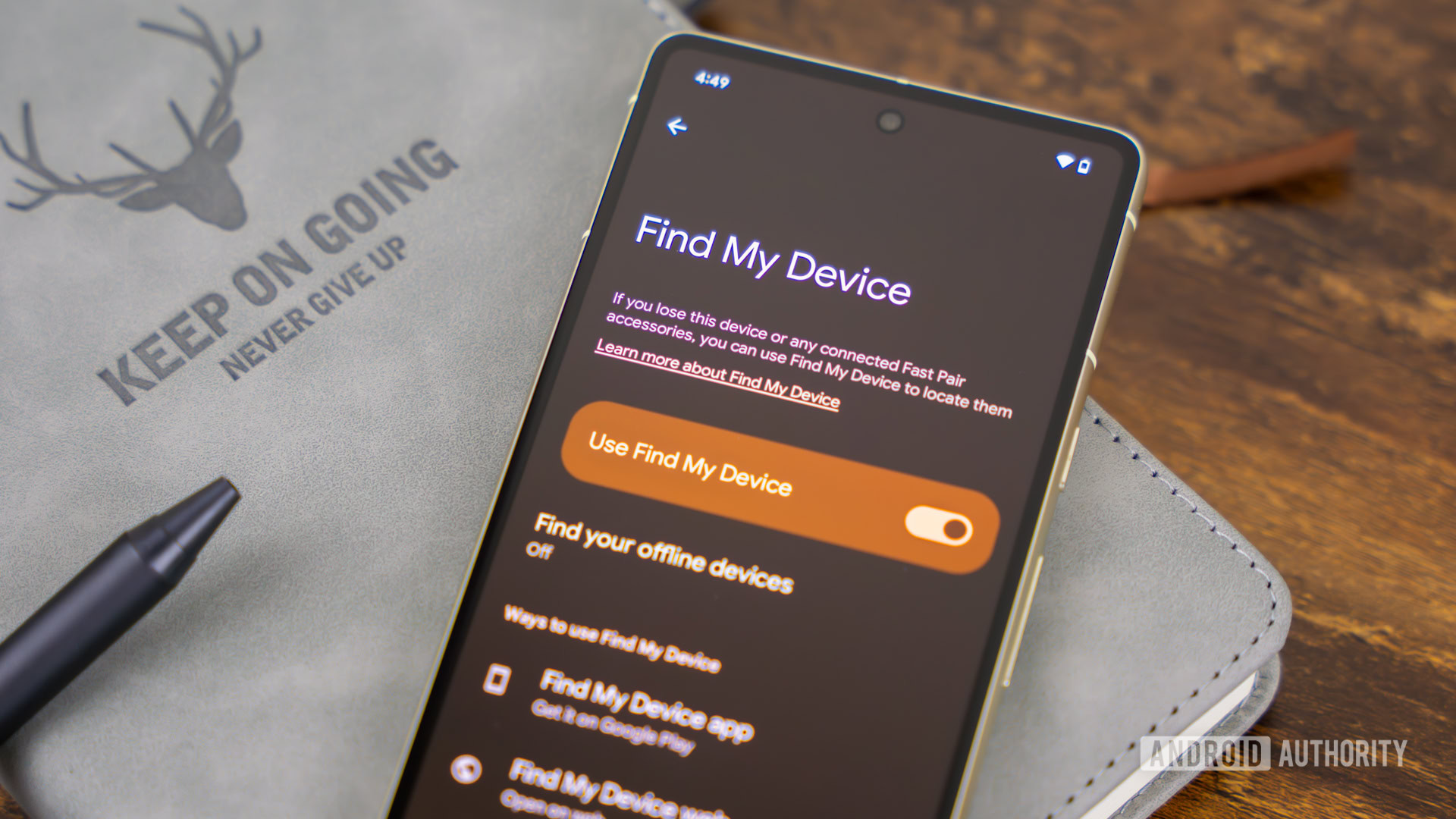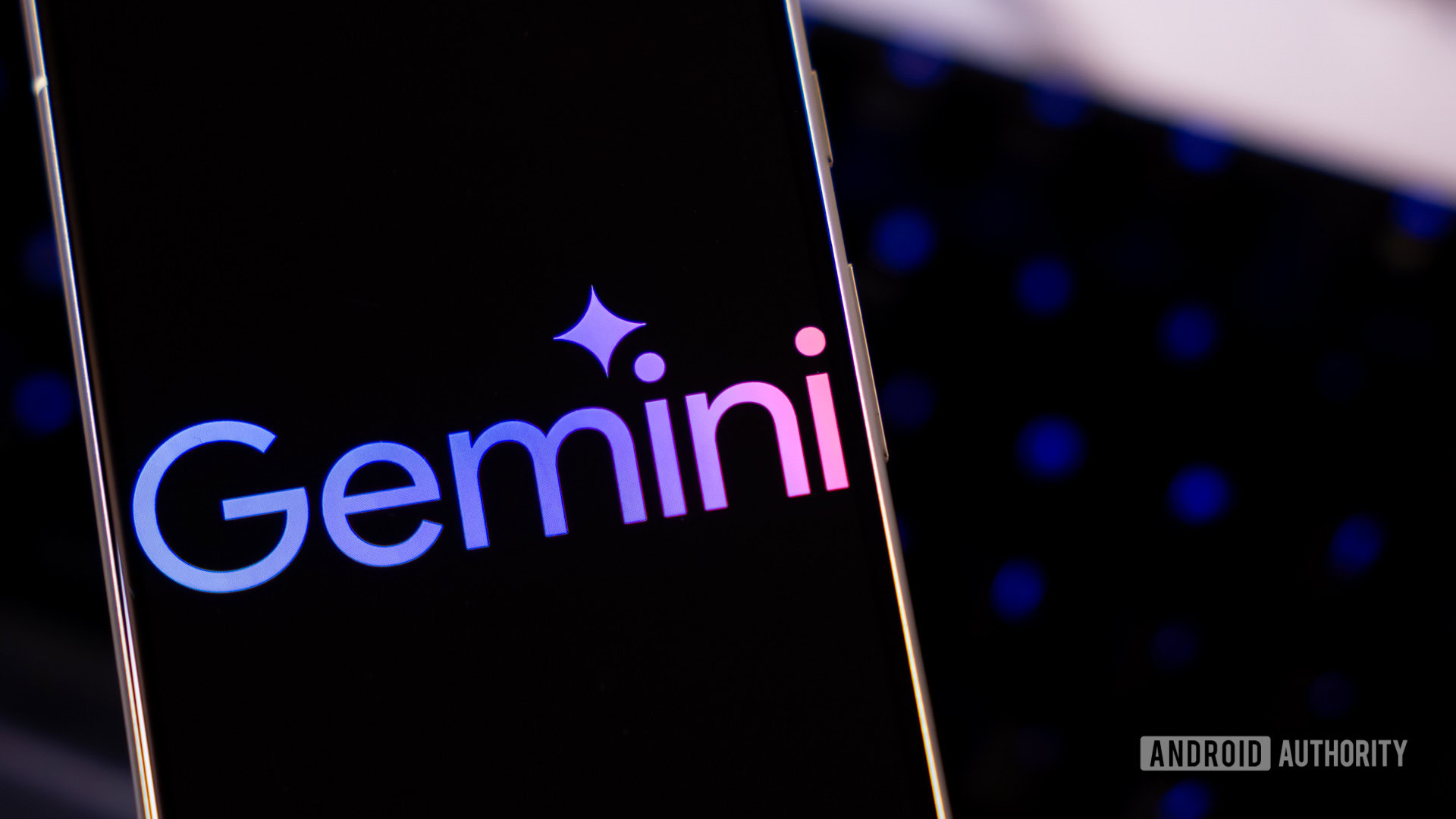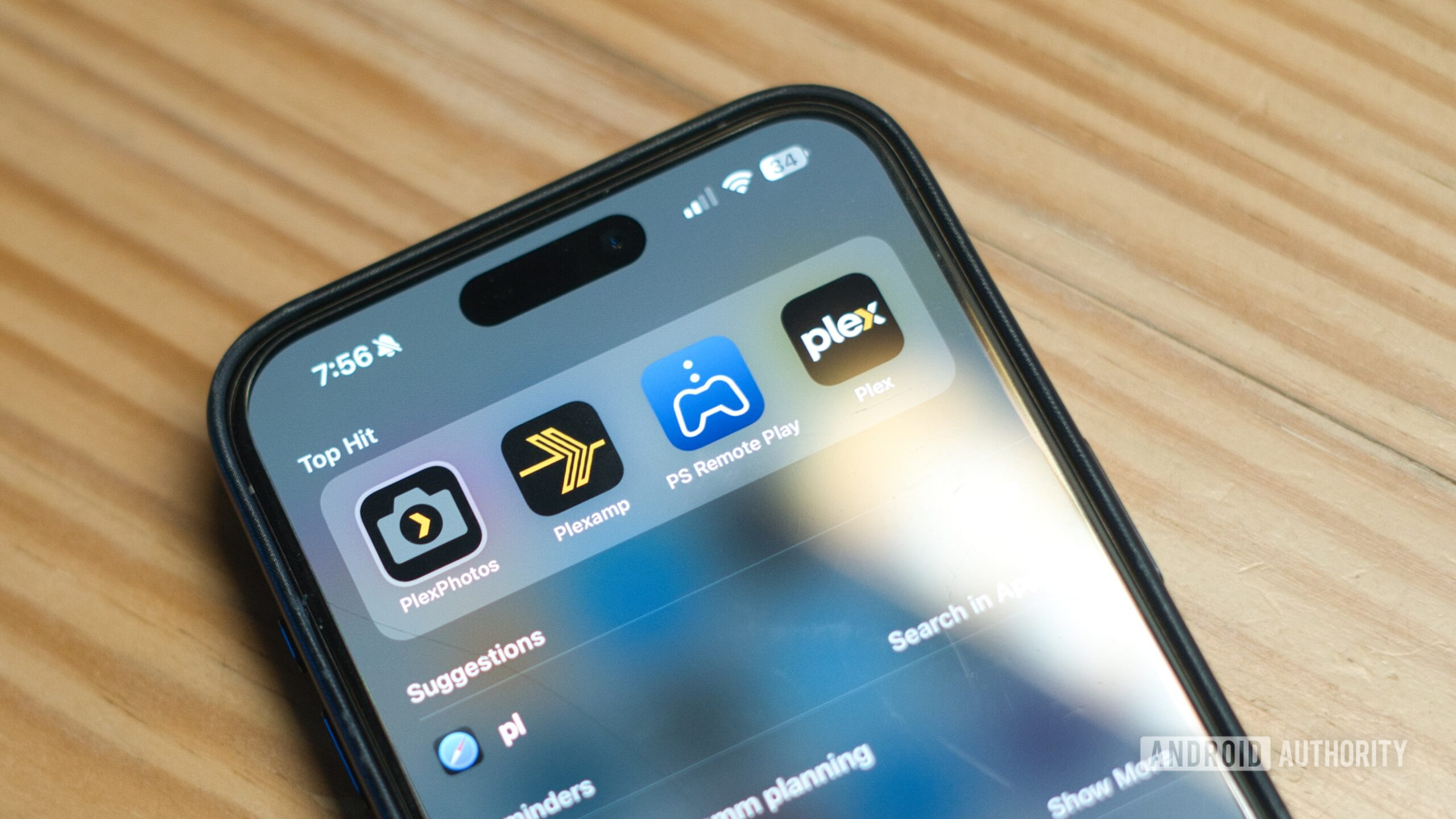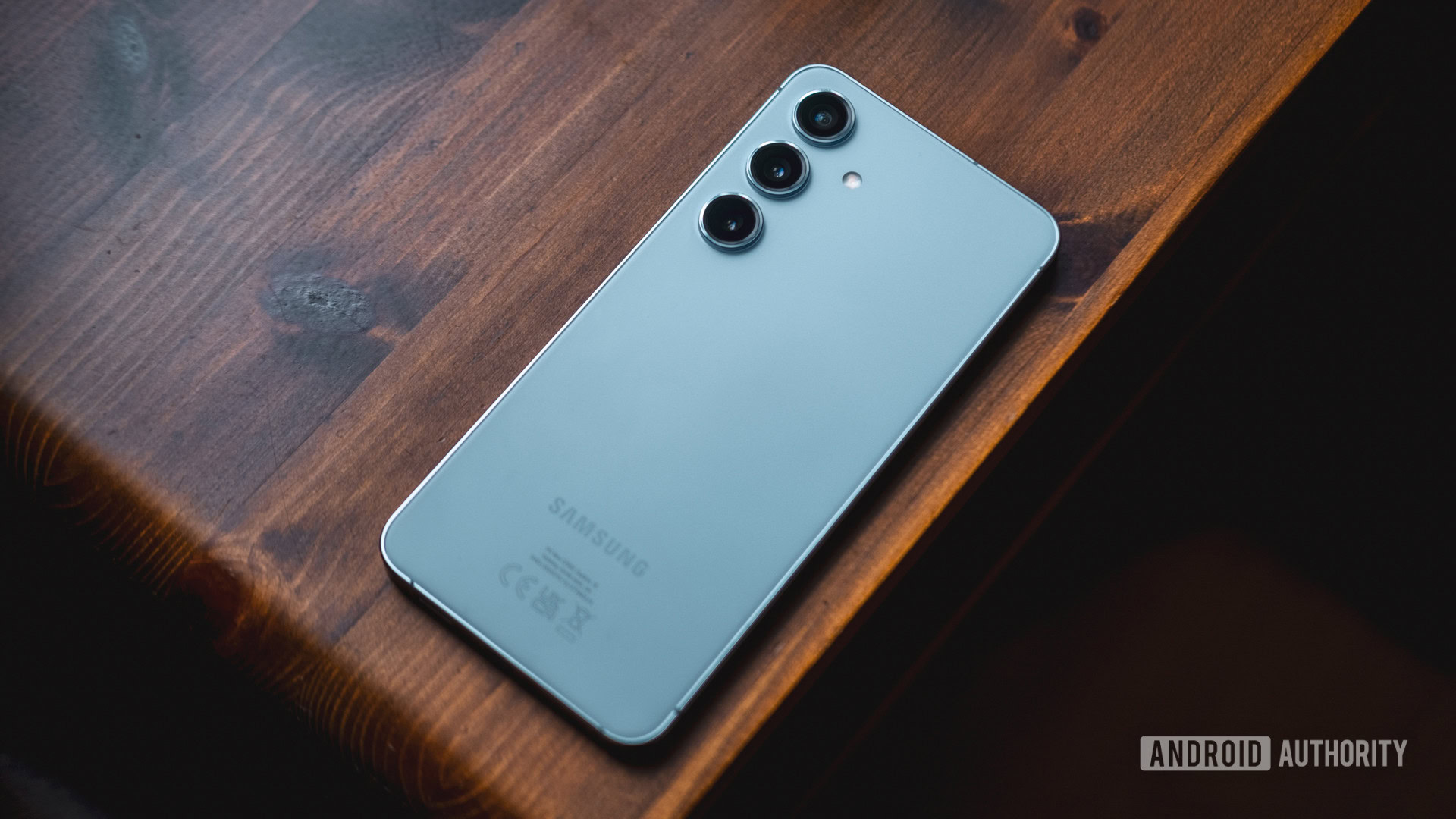Boeing's Starliner capsule has undocked from the ISS at 6:04PM Eastern time on September 6 and has safely and gently landed at White Sands Space Harbor in New Mexico at 12:01AM on September 7.Calypso, as the capsule is called, didn't have a crew onboard despite flying to the ISS with astronauts Suni Williams and Butch Wilmore.NASA decided in late August that the astronauts will come home on a SpaceX Crew Dragon capsule in February for safety reasons.
Wilmore and Williams merely provided support for the capsule's trip back home and watched the coverage of its re-entry and landing."You have got this.We have your backs, and you've got this.
Bring her back to Earth," Williams told ground control.The astronauts flew on the Starliner as part of its first crewed flight meant to prove that the spacecraft is ready to regularly ferry humans to the ISS alongside the SpaceX Crew Dragon.They were only supposed to stay on the orbiting laboratory for eight days, but the spacecraft's service module started leaking helium on their way there.Some of the module's thrusters had malfunctioned, as well.
The Starliner uses helium to pressurize its fuel tanks and to push propellant to its thrusters that maneuver the spacecraft.Over the past three months, engineers on the ground conducted tests on Starliner with help from the astronauts, but NASA ultimately decided to have the Starliner fly back home uncrewed because it didn't have confidence with the certainty of the thrusters' performance.During the Starliner's post-landing press conference, Boeing was noticeably absent, and three NASA officials talked about the landing instead.When asked why Boeing wasn't there and if the relationship between the agency and the company was affected by Starliner's issues, the representatives said that Boeing deferred to NASA to represent the mission.
They said that all three of them talked to Boeing's managers and that the company is committed to working with the agency.Steve Stich, the manager for Commercial Crew Program at NASA Kennedy, also added that while all of them were happy with the landing, a part of them still wishes it would've gone the way they'd planned, with the astronauts coming home aboard the Calypso.Stitch, Joel Montalbano (NASA's deputy associate administrator for Space Operations Mission Directorate) and Dana Weigel (NASA's manager for the International Space Station) all praised the Starliner for its successful docking and "bullseye landing." They said they learned a lot from the mission, which apparently achieved 85 to 90 percent of its objectives, and stressed that it's important to remember that things don't always go as planned when it comes to test flights.It'll take around two weeks to get the Calypso back to NASA grounds and around a week after that to get all the data from the capsule.NASA and Boeing are planning to analyze the data the spacecraft gathered across its systems from its time in orbit until its undocking, reentry and landing.
They will then use that information to design improvements for the spacecraft.Unfortunately, they wouldn't be able to inspect the thrusters that malfunctioned on the flight to the ISS, as well as the "doghouses" that contained the spacecraft's propellant system where the helium had leaked.They had always planned to discard the service module that contained those elements upon re-entry, and it's now at the bottom of the Pacific Ocean.NASA previously said that the issues cropped up because the propulsion equipment got hotter that expected while flying, causing container seals to loosen and to leak helium.
In case of the thrusters, the heat apparently caused seals to bulge and restrict propellant flow, leading to outages.Stitch said he wouldn't call those problems insurmountable — they just need some time to address them.They also can't tell at the moment if Starliner's next flight would have a crew onboard.For now, the agency is preparing for other missions.
By the end of September, the SpaceX Crew-8 mission vehicle is scheduled to undock and come back to Earth, while the SpaceX Crew-9 mission is expected to launch.Crew-9 will fly with two astronauts instead of four to make room for Wilmore and Williams for its return flight in February.

